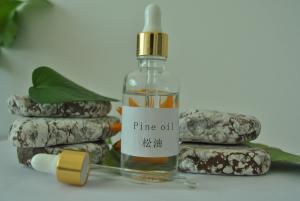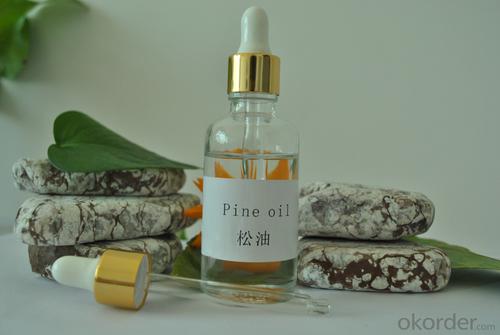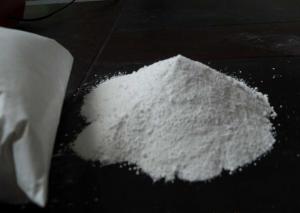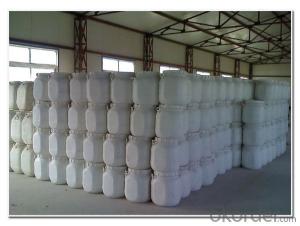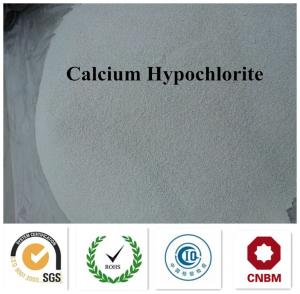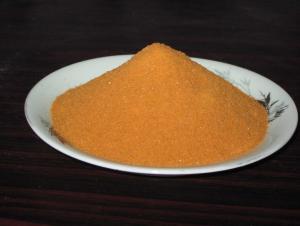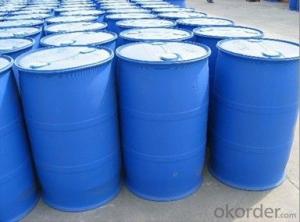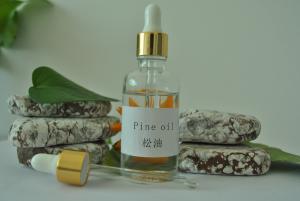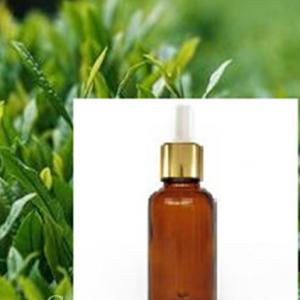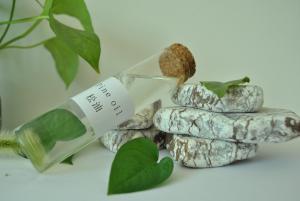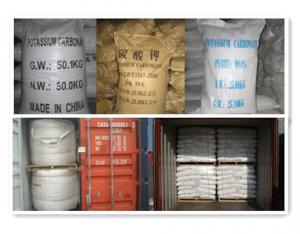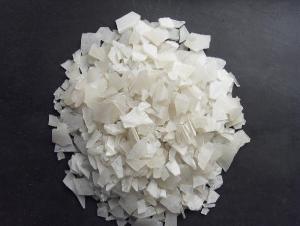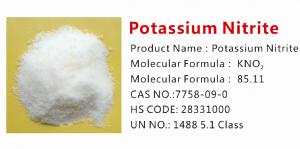Pine Oil with High Quality and Cheap Price and Strong Package
- Loading Port:
- Tianjin
- Payment Terms:
- TT or LC
- Min Order Qty:
- 17.6
- Supply Capability:
- 3000 m.t./month
OKorder Service Pledge
OKorder Financial Service
You Might Also Like
1. Structure of Pine Oil Description:
CAS NO.: 8002-09-3
MF: C10H17OH
PURITY:
Purity: 45% 50% 70% 80%
Packing&Delievery: 170kg/iron drum (Capacity of per 20'FCL: 80 drums,totally 13.6mt per container)
All year Delievery
2. Main Features of Pine Oil:
The pine oil is widely used in the flotation of various metallic and non-metallic minerals. It is mainly used in the flotation of various sulfide ores,such as lead,copper,zinc,and iron sulfide,and non-sulfide minerals. It exhibits some collecting properties,especially for readily floatable minerals such as talc,graphite,sulphur,molybdenite and coal etc.The froth produced by pine oil is more persistent than that produced by other frothers.As a good foaming agent of non-ferrous metals,has been widely used both at home and abroad,with low foam,high concentrate grade,strong adaptability,fine and dense foam and the foaming speed and defoaming speed is fast,easy operation,no impact on subsequent flotation and is appropriate the separation of polymetallicore.
3.Pine Oil Images
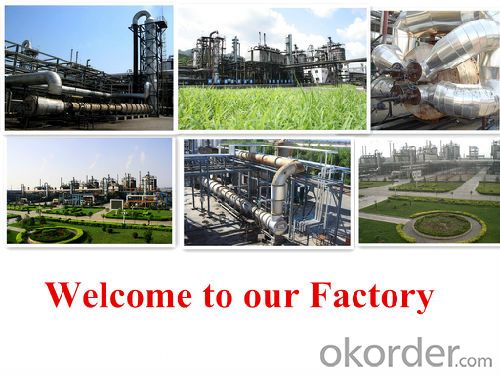


4.Pine Oil Specification
Item | 50% | 65% | 70% | 85% |
Appearance | Slight-yellowish or brown-yellowish oil-shape liquid. | |||
Color and state( Max). | 6 | 6 | 6 | 6 |
Content of water (Max). | 0.7 | 0.7 | 0.7 | 0.7 |
Total acid value (Min) | 50 | 65 | 70 | 85 |
Gravity | 0.866 | 0.90-0.92 | 0.90-0.92 | 0.92-0.94 |
Distillation range(°C) | 168-230°C | 170-225°C | 170-225°C | 190-225°C |
Impurities(MAX) | 0.5% | 0.5% | 0.5% | 0.5% |
PH value | 5-7 | 5-7 | 5-7 | 5-7 |
Impurity( Max). | 0.5 | 0.5 | 0.3 | 0.3 |
5.FAQ
1)How many tons does your factory can supply each moth?
30000tons/month
2)How to quarantee the quality of the products?
you can arrange SGS&BV or other quality inspection.
3)How many days you need to pepare the cargo after we made the order?
- Q: Where are the parts of the bryophyte absorb water and inorganic salts?
- Moss moss moss, moss Gang, moss root through the fake root absorption, that is, the use of cell penetration technology, moss Gang has evolved out of the root, so you can directly through the relatively low roots to absorb Oh
- Q: For science I have to find out what salts are used for but when i search a salt like lithium sulphate it always comes up with "would you like to buy" could you please tell me what these salts are used for*lithium sulphate*zinc nitrate*sodium phosphate
- HI I'M PNT. LITHIUM SULFATE is a white inorganic salt with the formula Li2SO4. It is used to treat bipolar disorder. It is soluble in water, though it does not follow the usual trend of solubility versus temperature — its solubility in water decreases with increasing temperature . This property is shared with few inorganic compounds, such as the lanthanoid sulfates. Lithium sulfate crystals, being piezoelectric, are also used in ultrasound-type non-destructive testing because they are very efficient sound generators. However they do suffer in this application because of their water solubility. ZINC NITRATE: Zinc nitrate (Zn(NO3)2) is a chemical compound used as a mordant in dyeing. It is also a source of zinc ions for chemistry. An example reaction gives a precipitate of zinc carbonate:Zn(NO3)2 + Na2CO3 → ZnCO3 + 2 NaNO3. Conditions/substances to avoid are: reducing agents, organic materials, metal powders, heat and flame, cyanides, sodium hypophosphite, tin(IV) chloride, phosphorus, thiocyanates, carbon, and sulfur. Its Relative Molecular Mass is 189. SODIUM PHOSPHATE: Sodium phosphate are forms of phosphorus, which is a naturally occurring substance that is important in every cell in the body. Sodium phosphate is used to treat constipation and to clean the bowel before surgery, x-rays, endoscopy, or other intestinal procedures. Sodium phosphate enemas are also used for general care after surgery and to help relieve impacted bowels. Sodium phosphate may also be used for other purposes not listed in this medication guide REGARDS, PNT.
- Q: What is the time when the maximum number of inorganic salts is needed
- Nitrogen is the basis of many important organic compounds in the body, such as protein, nucleic acid, chlorophyll, enzymes, vitamins, alkaloids and some hormones, etc. Nitrogen is also the basis of genetic material. In all organisms, the protein is most important, it is Often at the center of metabolic activity, which is the primary factor limiting plant growth and yield, and has a significant effect on improving product quality.
- Q: Why is the inorganic salt left after the burning of the food
- Food contains protein, fat, inorganic salts and water and other substances in the process of combustion in addition to inorganic salts and the rest of the water are burned, and water in the combustion process evaporates. So take the only inorganic salt.
- Q: What are the effects of inorganic salts on plant growth?
- N: promote cell division and growth, so that leaves grow lush. Lack of performance: plant thin and thin, leaves yellow, severe leaves were light brown.
- Q: What is the use of inorganic salts and organic salts?
- The organics are compounds containing carbon, and the inorganic salts are salts containing no carbon. For example, we usually eat sugar is organic matter, salt is inorganic salt.
- Q: What are the main physiological functions of inorganic salts?
- to maintain the organization's normal excitability
- Q: RO reverse osmosis water machine can remove impurities in the water, that the body will not be due to lack of minerals and malnutrition?
- Early society has not yet entered the era of industrial development, then the life of drinking tap water pollution, but also relatively clean, in the case of completely pollution-free, of course, stored in the water only a trace of beneficial minerals on the human body, through our daily life But now the industrial development, destruction of our water, we can not for the slightest beneficial to the human body of minerals, and to absorb a lot of harmful substances in the body it! Moreover, the minerals in the water and the water in the water, Is not the main source of human needs, we can get from the daily diet of the human body needs 99.9% of the minerals, water contains organic matter, inorganic matter is not necessarily absorbed by the human body, or even harmful is not necessarily.
- Q: My inorganic diet seems to be working but I am getting tired of the taste of rock salt. Should I continue?
- Its all a matter of self-preservation.
- Q: Please tell in your own language how water and inorganic salts are transported from the soil to the leaves.
- The roots of plants are usually divided into roots, lateral, small roots, small roots (roots, roots and roots) for the absorption of roots, the absorption of roots from the soil to absorb water and inorganic salts, through the transport organization to reach the xylem of the catheter, through The ducts are delivered to the various organs of the plant (including the leaves).
Send your message to us
Pine Oil with High Quality and Cheap Price and Strong Package
- Loading Port:
- Tianjin
- Payment Terms:
- TT or LC
- Min Order Qty:
- 17.6
- Supply Capability:
- 3000 m.t./month
OKorder Service Pledge
OKorder Financial Service
Similar products
Hot products
Hot Searches
